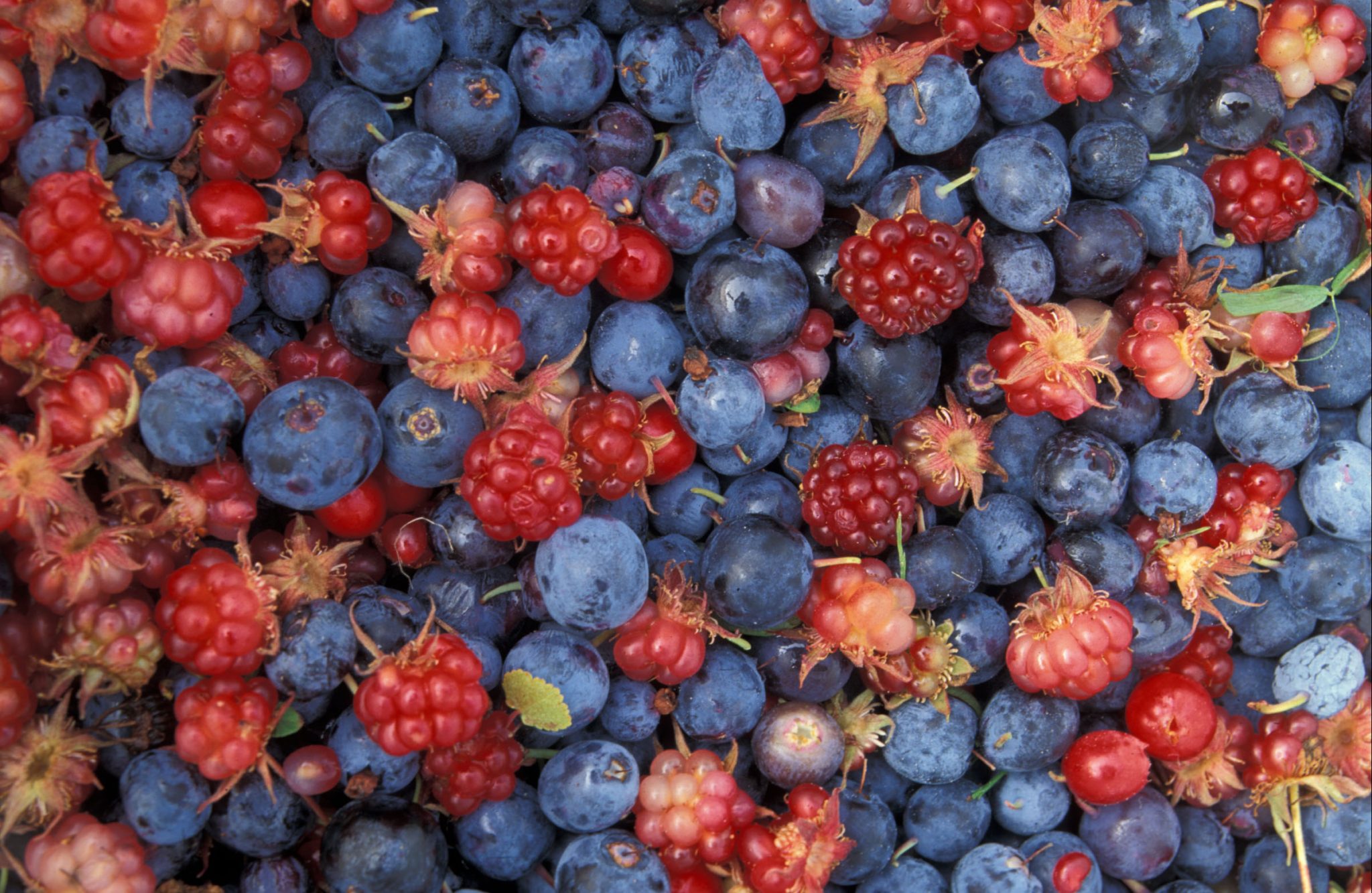
Getting Started In Gathering Wild Berries
While there are many options for foraging for your own food, berry-picking is a classic way to become a gatherer. You may not realize it, but berries frequently grow naturally and abundantly in nature. Picking wild berries is still a popular activity, and with the right resources, finding berries in the wild might be easier than you had once though. If you’re new to gathering wild berries, below are a few common questions and answers to get you started in your new hobby.
Where Can I Find Wild Berries?
Foraging for wild berries can be a very fun activity with plenty of tips and tricks to learn. There are many types of berries growing all around you within nature. Obviously, before you begin picking berries, be sure that you aren’t picking on private property. Check online to see if your local area has already listed places that have been known to grow wild berries; or, you can step out into the wilderness and enjoy the hunt! If you’re searching for berries in the wild, look for bushes or vines that are low to the ground. Berries often grow where birds and other animals drop seeds, and, instead of growing tall, berry bushes tend to grow horizontally until they reach spots with large amounts of sunlight. Search for wild berries in well-lit, open areas, such as the edges of woods and along fences.
You may also consider gathering wild berries at berry farms, when they’re in season. Many farms open their fields to the public in the summer for anyone who can fill a basket with fresh berries. Call your local berry farm to find out when their picking season is open to the public and if you should bring your own containers. Picking berries on a farm is always a fun activity to share with family and friends, but make sure to go early before all the berries have been picked!
Another option for harvesting wild berries is to grow your own in your backyard. Berries can be difficult to grow because they require a lot of maintenance, but growing them yourself is ultimately cheaper than purchasing berries at a store, especially if they’re out of season. You can grow berries in long, narrow areas, such as along a fence or the side of a house. Plant your berries in a mound of soil, so they don’t get planted too deep into the ground. You will also have to train your berries to grow in their allotted space, so you will have to tie the vines to stakes. Remember to plant the berries in an open area so they receive a lot of sunlight, and prune the overgrowth frequently. Pruning helps keep the soil the berries are growing in fresh and free of debris.
What Types Of Berries Should I Gather?
There’s a long list of edible berries that grow in the wild, which includes common berries such as blackberries, blueberries, raspberries and strawberries. You may also find dewberries, wineberries, huckleberries, elderberries, black cherries, cranberries and winter berries. If you’re looking for blackberries, search for thorny bushes with white flowers and thick vines. The blackberries will look like clusters of many berries, and they’ll be a very dark purple (almost black) color when they’re ripe. Raspberries can also be found on thorny bushes, but the bushes will have whiter vines and yellow, bell-shaped flowers. Most raspberries are a dark red color, and they are tart and a little sour.
It’s also important to inform yourself of poisonous berries in your area. One of the most common poisonous berries is the American bittersweet berry. This berry is typically a yellow-orange color, and they grow in bunches with leaves at the ends of woody branches. Juniper berries are also dangerous to eat. While they have been used in cooking, juniper berries have been known to make people sick, when eaten in large amounts. It’s best to avoid picking them. Juniper berries can be found on evergreen trees, and they are blue or purple in color. There are many other types of poisonous berries, so it’s always wise to carry a pocket book on edible berries with you for reference while you are foraging. Remember, always be 100% sure of what type of berry you’re picking. If you have ingested a berry that you think may be poisonous, contact poison control immediately.
How Do I Pick Wild Berries?
When picking wild berries, only choose berries that are completely ripe. Once they’re picked from their life source (the plant), they’ll no longer be able to ripen and will only go bad. Use a gentle touch, so you don’t squish the fruit, and simply twist and pull the berry from its vine. Gently place your picked berries into a shallow bucket or basket. Don’t allow too much weight to gather in your container so you don’t end up squishing your berries. When you’ve finished picking your berries, store them in a refrigerator until you intend to use them.
What Do I Do With My Picked Berries?
There are a lot of options for how to utilize your freshly picked wild berries. When you’re ready to use your berries, rinse them in a gentle stream of cold water to remove any dirt. Of course, you can always just eat your picked berries, as is, for a tasty snack. You may also store the berries in bags and freeze them for later use. Berries make great additions to fillings for pies and other baked goods. You can use wild berries for making jams, jellies and preserves. Consider learning how to can food, and you can store your berry preserves for long duration of time. The possibilities are endless when you gather your own wild berries!
